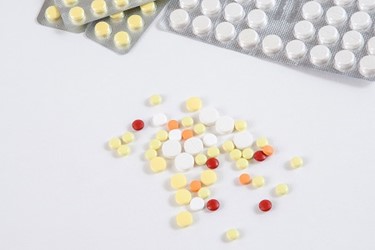Particle Size Analysis For The Pharmaceutical Industry

Particle size is a crucial parameter in the pharmaceutical industry, because it influences surface area and porosity and, hence, has an impact on bioavailability, effectiveness and shelf life of a drug. Therefore, particle size is not only monitored in quality control, but also in the development of new active pharmaceutical ingredients (APIs). In fact, particle size distribution (PSD) is among the most important parameters to check when evaluating new drugs. E.g. particle size is critical for powder inhalers that are commonly used in the treatment of various lung diseases to deliver the corresponding API as a powder to the lungs. The drug is prepared as a powder and is inhaled without the need of any propellant gas. The API can be applied in pure form or adhered to a carrier material, such as lactose.
Particle size also greatly affects tableting and granulation processes. On the one hand, small particles aid dissolution, but are also more sensitive to overcompression, leading to hard tablets which barely disintegrate. Large particles on the other hand, lead to better flowability, compressibility and feeder clearance during the manufacturing process. Moreover, a more homogeneous distribution is achieved, if particles exhibit a narrow particle size distribution.
Particle size strongly relates to flowability, content uniformity, bioavailability, dissolution and absorption behavior, which are crucial parameters in the pharmaceutical industry. Hence, product effectiveness as well as production processes are influenced by particle size, making it important to characterize both active components and excipients. Here, we measure the particle size and distribution of three lactose powders destined as an excipient for different pharmaceutical applications.
Get unlimited access to:
Enter your credentials below to log in. Not yet a member of Pharmaceutical Online? Subscribe today.
